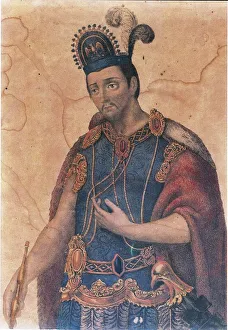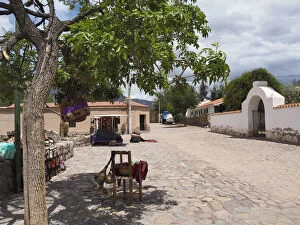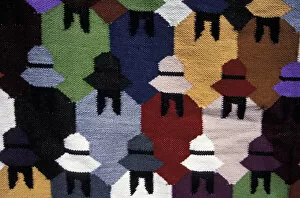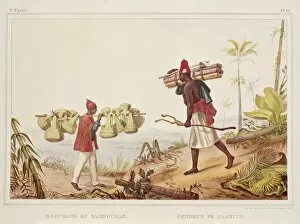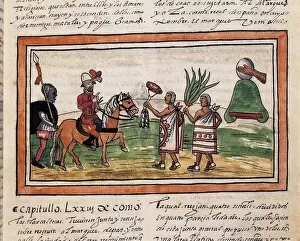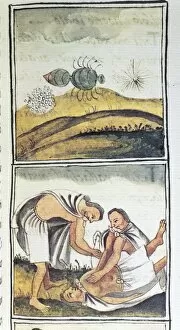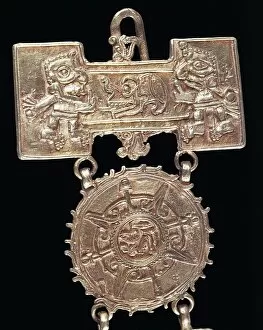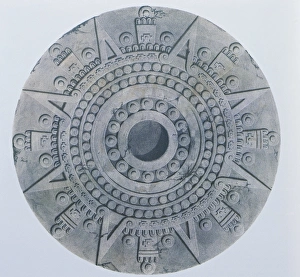South American Tribal Culture Collection
South American Tribal Culture: A Glimpse into the Rich Heritage The Battle of Cuzco stands as a testament to the resilience and determination of Inca Manco Capac
All Professionally Made to Order for Quick Shipping
South American Tribal Culture: A Glimpse into the Rich Heritage The Battle of Cuzco stands as a testament to the resilience and determination of Inca Manco Capac, who led a siege against the Conquistadors occupying the town. This historic clash symbolizes the struggle between indigenous tribes and European colonizers in South America. In 1562, an intense battle erupted off Buttugar between French and Portuguese forces. An engraving capturing this momentous event showcases the fierce conflicts that took place during this era of exploration and colonization. A portrait of Moctezuma II, also known as Motecuhzoma Xocoyotzin, reveals the last Aztec king at Tenochtitlan. His image serves as a reminder of the once-mighty Aztec civilization that flourished before Spanish conquest reshaped their destiny. Uquia Main Square in Northern Argentina offers a glimpse into present-day tribal culture. The vibrant atmosphere reflects traditions passed down through generations, showcasing dances, music, and rituals that have stood the test of time. Peru's ruins at Pisac provide insight into pre-Columbian civilizations. These ancient structures stand tall amidst breathtaking landscapes while nearby lies Pisac market—a hub for Peruvian crafts—where locals proudly display their traditional artwork. Bolivia's Aymaras Indian dance is captured in an enchanting colored engraving by Emile Lassalle from Alcide Dessalines d'Orbigny Journey. This depiction highlights cultural practices that continue to thrive among indigenous communities today. Jean Baptiste Debret's illustration portrays Native porters in Brazil during colonial times. It sheds light on their crucial role in supporting expeditions while emphasizing their distinct customs within a diverse tapestry of Brazilian society. The Paracas culture left behind remarkable artifacts such as funeral blankets woven with intricate patterns depicting warriors—an emblematic representation found during excavations in Peru's Paracas necropolis period.

